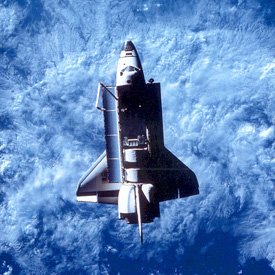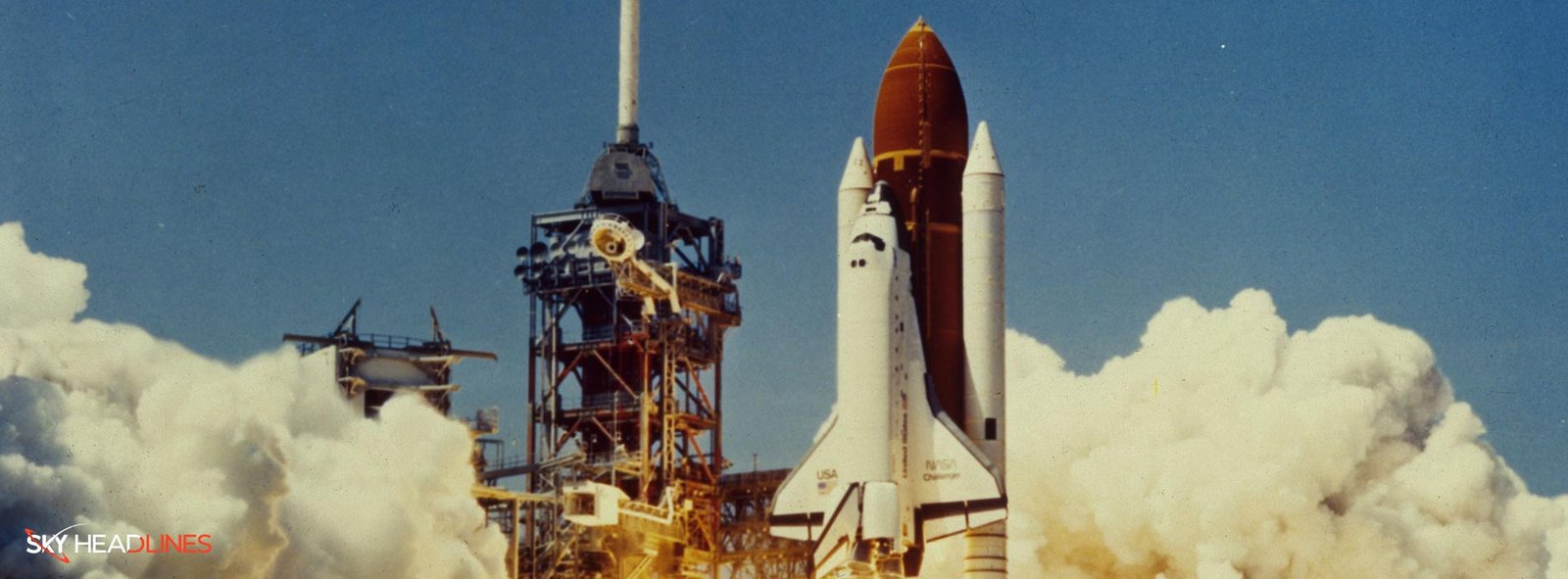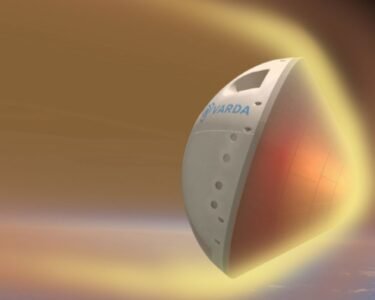On January 28, 1986, a catastrophic event occurred that shocked the world and forever changed the future of space exploration. At 11:39:13 EST (16:39:13 UTC), the Space Shuttle Challenger, with its crew of seven aboard, broke apart just 73 seconds into its flight, losing all crew members. The Challenger disaster occurred off the coast of Florida, in the Atlantic Ocean, and was caused by the failure of an O-ring seal in the right Solid Rocket Booster (SRB), due to cold weather and wind shears. The impact of this tragedy was profound, leading to the cancellation of the Teacher in Space Project and subsequent civilian shuttle spaceflights, as well as the grounding of the entire Shuttle fleet for the implementation of new safety measures.
Let’s find out,
Construction and Features of Challenger Disaster:

NASA’s second Space Shuttle orbiter, Challenger (OV-099), was a Structural Test Item (STA-099). The decision to build STA-099 was made due to the low production rate of the Orbiters, which made it necessary to have a prototype vehicle that could be converted into a flight vehicle later on. The purpose of the STA-099 was to undergo structural testing to validate computational models and to show compliance with the required 1.4 factor of safety. The testing was performed to a safety factor of 1.2 times the design limit loads to prevent damage during structural testing.
NASA initially planned to convert the prototype orbiter, Enterprise (OV-101), which was used for flight testing, as the second operational orbiter. But, design changes made during the construction of the first orbiter, Columbia (OV-102), would have required considerable rework. Although STA-099’s qualification testing averted damage, NASA found that reconstructing STA-099 as OV-099 would be less expensive than refitting Enterprise.
Challenger had some design modifications as compared to its predecessor, Columbia. Most of the tiles on the payload bay doors, top wing surface, and rear fuselage surface were replaced with DuPont white Nomex felt insulation, resulting in a Thermal Protection System with fewer tiles. This change allowed Challenger to carry a more payload of 2,500 lb (1,100 kg) than Columbia. Challenger was the first orbiter to carry a head-up display system. Scientists used the system during the descent phase of a mission. The head-up display supplied crucial information to the crew during the landing.
Moreover, it comes about
Flights and Modifications:
Challenger made its first flight on April 4, 1983, and quickly became the primary orbiter in NASA’s Space Shuttle fleet, flying more missions per year than Columbia. In fact, between 1983 and 1984, Challenger flew on 85% of all Space Shuttle missions. Challenger, Discovery, and other Space Shuttles were in heavy use during the early 1980s. It flew three missions a year from 1983 to 1985. Challenger and Discovery underwent modifications at Kennedy Space Center. The modifications allowed them to carry the Centaur-G upper stage in their payload bays. Challenger’s next mission, had STS-51-L been successful, was to deploy the Ulysses probe with the Centaur. The Ulysses probe would have studied the polar regions of the Sun.
Challenger achieved many milestones during its spaceflight career. The milestones included being the first for many groups, such as the first American woman, African-American, and Canadian in space. Challenger also completed three Spacelab missions and performed the Space Shuttle’s first night launch and landing. However, Challenger is most remembered for the tragic loss of the orbiter and its seven-member crew. The loss occurred on January 28, 1986, during mission STS-51-L. The debris of the vessel was collected and stored in decommissioned missile silos at Cape Canaveral Air Force Station. Occasionally, different pieces of debris from the orbiter wash up on the Florida coast and are transported to the silos for storage. It’s worth noting that Challenger was the only Space Shuttle that never wore the NASA “meatball” logo, due to its early loss.
Here is to discuss,
What was the disaster Of Challenger?

Tragically, Challenger met its demise during its tenth mission, STS-51-L, on January 28, 1986. The Space Shuttle was destroyed just 73 seconds into the flight, at an altitude of approximately 46,000 feet. The cause of the Challenger disaster was later determined to be an O-ring seal failure on the right solid rocket booster (SRB). The O-rings failed to seal properly due to various factors, including cold weather. A plume of flame was able to escape from the SRB due to the failed O-ring seal.
The escaping flame caused the structural failure of the external fuel tank (ET) and the SRB. The structural failure of the ET and SRB caused the vehicle to break apart. The break-up of the vehicle occurred under the stress of aerodynamic loads. The loss of the seven crew members on board was a tragic outcome of the disaster. The Challenger disaster was a significant setback for the Space Shuttle program. They grounded the Space Shuttle fleet for nearly three years as a result of the tragedy.
When it comes about,
The views of Janet Petro
Janet Petro, who is the Kennedy Space Center Director, says: “Challenger and her crew live on in the hearts and memories of both NASA and the nation,” Moreover, she added: “Today, as we turn our sights again toward the Moon and Mars, we see that the same love of exploration that drove the Challenger crew is still inspiring the astronauts of today’s Artemis Generation, calling them to build on the legacy of knowledge and discovery for the benefit of all humanity.”
Lastly,
When did the world see Challenger’s sad loss?
January 28, 1986, the world saw the Challenger’s sad loss. President Ronald Reagan appointed a special commission to investigate the cause of the disaster. The commission was tasked with developing corrective measures. Former secretary of state William Rogers led the commission. The commission included notable figures such as former astronaut Neil Armstrong and former test pilot Chuck Yeager.
The investigation found an “O-ring” seal failed in one of the two solid-fuel rockets. The O-ring was to be elastic and pliable. The O-ring did not respond as expected due to the cold temperature at launch time. The failure of the O-ring caused a breach in the seal. Hot gases escaped through the breach and damaged critical parts of the space shuttle. The damage caused by the hot gases led to the catastrophic failure of the Challenger.
As a result of the investigation, NASA suspended all manned spaceflights for more than two years while it redesigned and improved various features of the space shuttle. The commission’s recommendations led to changes in NASA’s safety protocols and a renewed focus on safety in the space program. The lessons learned from the Challenger disaster continue to inform NASA’s approach to space exploration today.
To sum it up:
Bill Nelson, NASA’s Administrator, says: “While it has been nearly 37 years since seven daring and brave explorers lost their lives aboard Challenger, this tragedy will forever be seared in our country’s collective memory. For millions around the globe, myself included, Jan. 28, 1986, still feels like yesterday,” Moreover, he says: “This discovery allows us to pause once again, to uplift the legacies of the seven pioneers we lost, and to reflect on how this tragedy changed us. At NASA, the core value of safety is – and must forever remain – our top priority, especially as our missions explore more of the cosmos than ever before.”





